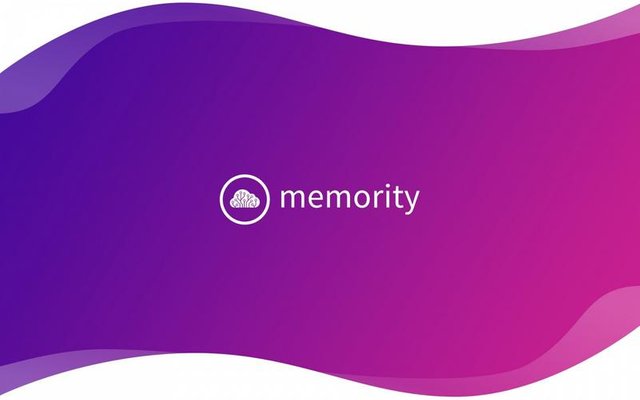
Now there is an innovation of blockchain projects. Some blockchain are so powerful that they are a platform for writing applications. Applications automatically turn out to be decentralized, resistant to censorship and blocking. In this article, we will try to look at blockchain as a platform for applications, taking off the rose-colored glasses.
And what is blockchain?
Blockchain is an immutable data structure consisting of a list of blocks where each next block contains a hash of the previous block. As a result of this hashing, the chain of blocks becomes unchanged: you can not change or delete a block from the middle of the chain without rebuilding all the blocks above, because the slightest change will require a rebuild of all the blocks above the change.
If we calculate the hash of each block computationally or economically, then changing the data in the middle of the chain becomes practically impossible at all. The combination of the complexity of counting the hash of a new block, as well as the ease of checking the correctness of the hash, just provides the blocker with a serious resistance to unlawful changes. This is what holds the safety of bitcoin and other blockchain.
Due to this property, the block projects can be publicly decentralized. That is, anyone can put the working node of the blockroom and generate new blocks. In most implementations of the block, generation of the block is rewarded - this process is called mining. And since it is difficult to mine, and your results can easily be checked, it is beneficial to act only honestly. Otherwise, you will spend resources on mining, and other miners will not take your block - all the work is a nuisance. Thus, with full decentralization and independence of individual nodes, the blockchain network operates as a single entity.
The use of blockchain is not limited to the creation of crypto currency. Inside the unit, you can record anything. In bitcoin, a list of new transactions is recorded there, and it is used to exchange crypto currency between its owners. In Memority, blocks store arbitrary key-value pairs, which can be used to create decentralized DNS. Other implementations of blockchain use more any chips. But Memority went much further. It allows you to store in the locker not only transactions, but also full-fledged Turing-complete programs, called smart contracts, which allow you to fine tune Memority to an applied task.
Memory was conceived as a universal platform for creating decentralized projects based on a block chain that relies on:
1. Data is encrypted with your private key. No one but the owner can physically view the contents of the files, because they are encrypted using a private key that is stored only by the owner of the data.
2. Data is protected against accidental deletion. The system always stores several copies of data (the default is 10), the monitoring system will periodically check their availability and create new copies in other stores in case there are not enough duplicates.
3. Data is protected from forgery. Unique data identifiers are stored in the blockchain database, the system regularly searches for counterfeits and restores the correct number of copies with genuine data if the files have been tampered with.
4. The system is completely autonomous and independent. The storage of data, the process of monitoring and recovering copies of files, data encryption and authentication are completely decentralized, there is no dependence on any centralized systems.
Token sale

Buy a token here https://memority.io/ Do not miss your chance!
ROAD MAP

TEAM

Memority in media

Our partners

More information about ICO and team can be found here:
Whitepaper: https://memority.io/docs/whitepaper_memority.pdf
Website: https://memority.io/
Social network:
Telegram: https://t.me/memority
Twitter: https://twitter.com/frvrty
Facebook: https://www.facebook.com/mmority/
Author of the article: Zelezinskyi
My BitcoinTalk profile: https://bitcointalk.org/index.php?action=profile;u=1538440
ETH Address: 0x7e09c78F66947649EB894Ae06dbf089cAb588103